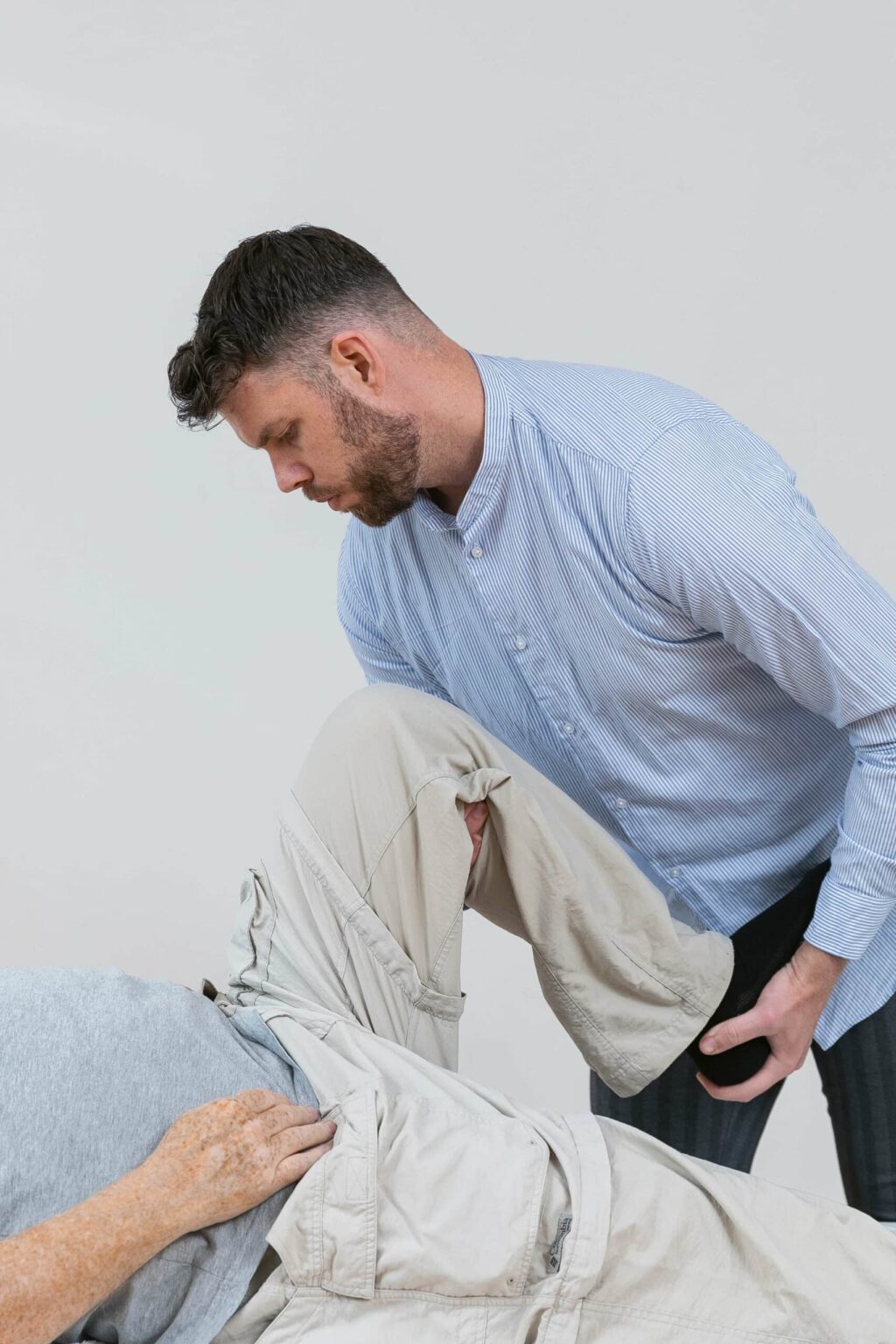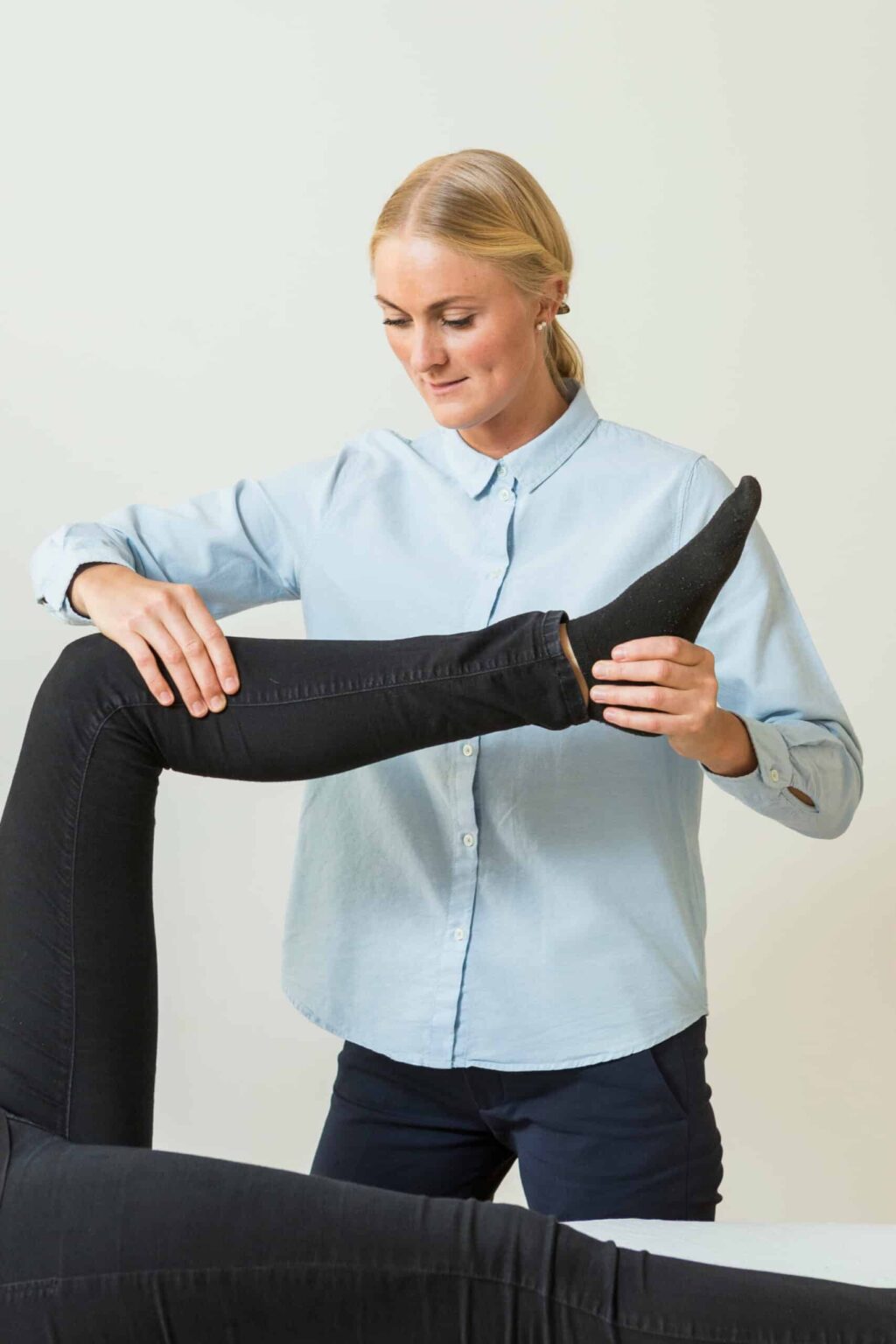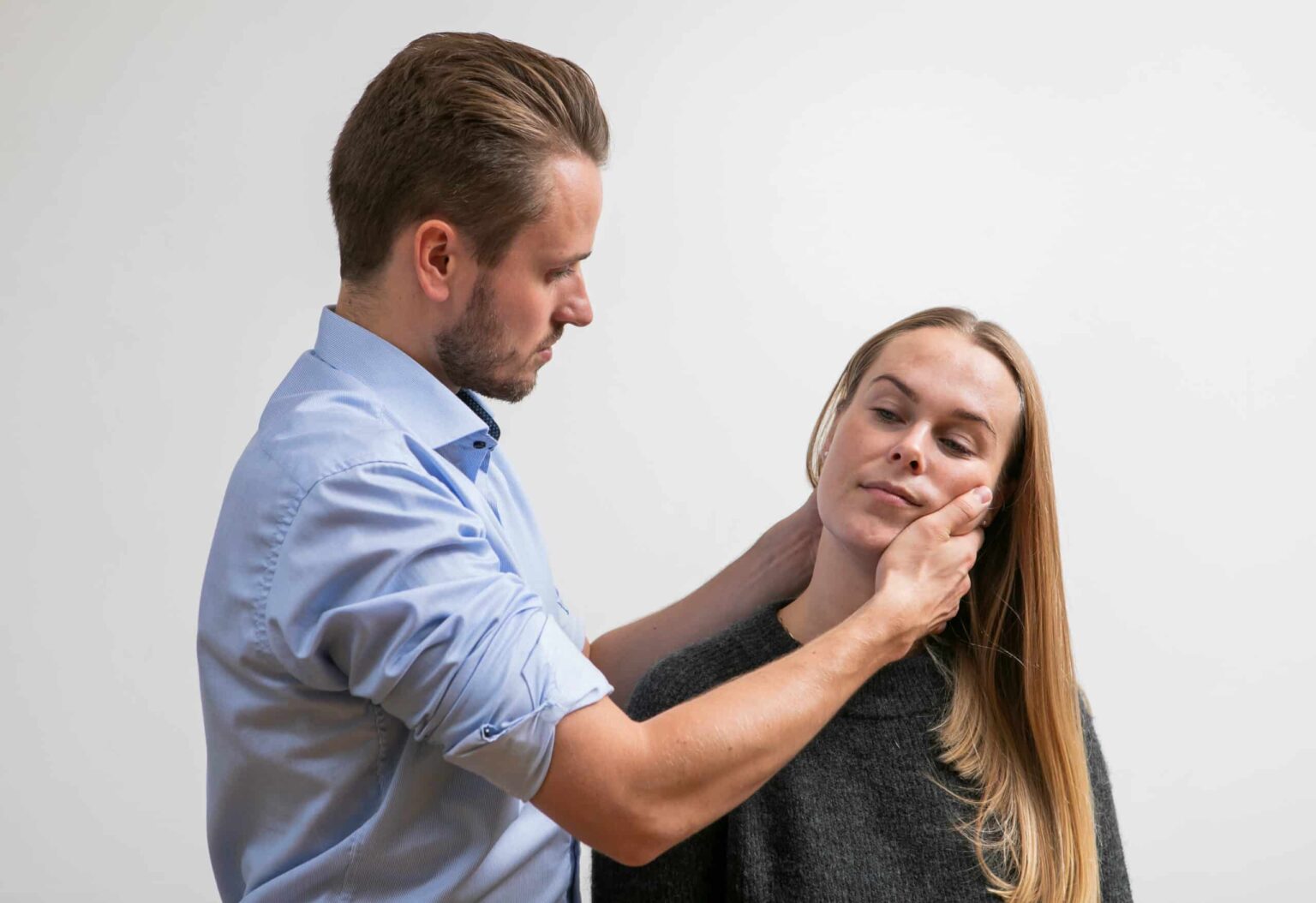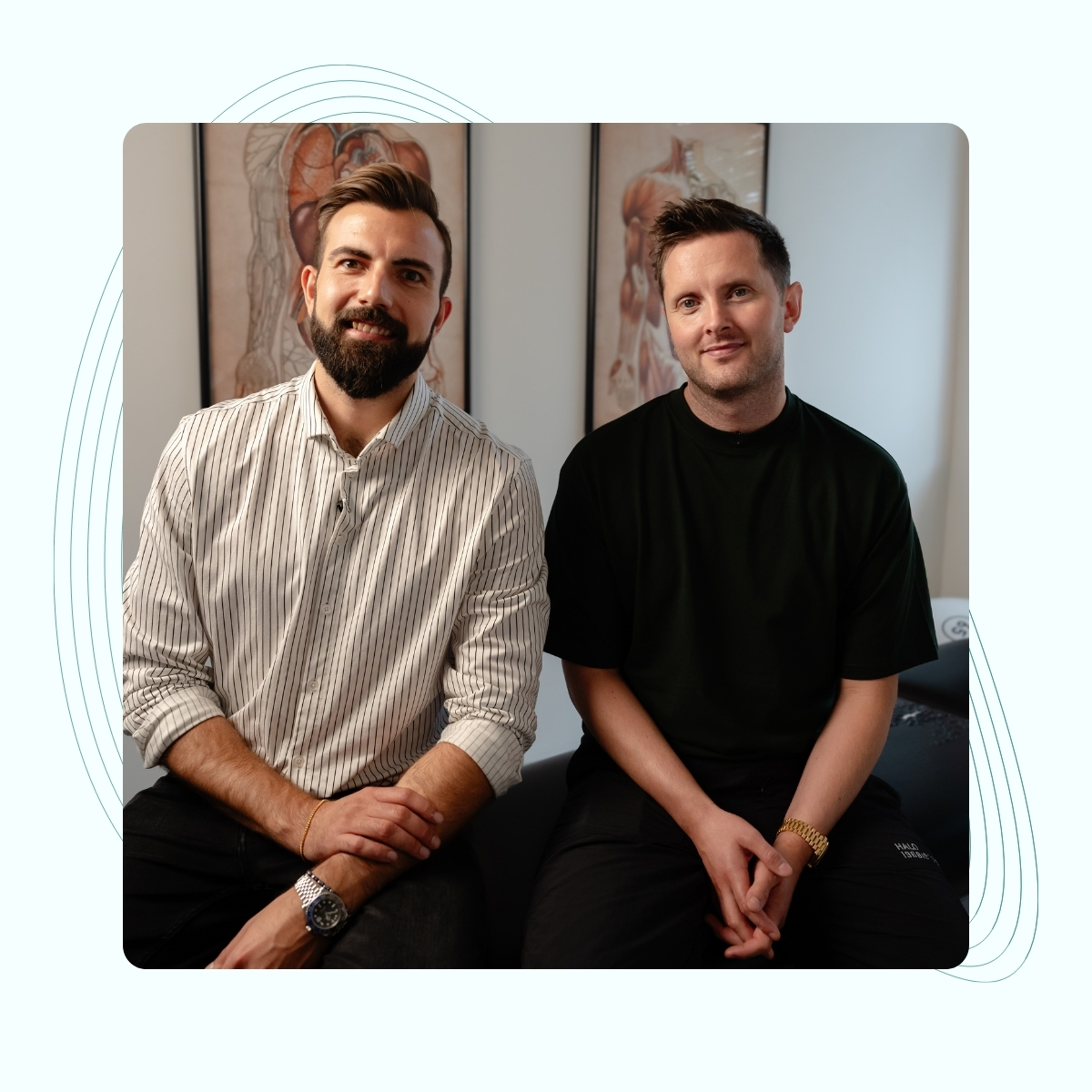We're offering
Craniosacral therapy
We offer craniosacral therapy as part of our osteopathic approach.
Why craniosacral therapy?
Craniosacral therapy is rooted in the principles of osteopathy.
We are proud to offer this form of care across all our clinics. The therapy is a gentle hands-on treatment that works by releasing imbalances in the skull and throughout the body. It may help relieve physical pain, calm the central nervous system, ease emotional trauma, and release deep tension. Each session begins with light pressure and subtle techniques.
Not sure if it is right for you? Our craniosacral therapists are here to guide you.
What is craniosacral therapy?
Craniosacral therapy is a treatment method that originates from osteopathy. It is based on the body’s craniosacral rhythm. This rhythm is linked to the mobility between the bones of the skull, the movement of the cranial membranes, the flow of cerebrospinal fluid, and the mobility of the pelvis and neck.
This rhythm is known as the craniosacral rhythm, which moves at a rate of 6 to 12 cycles per minute. During this process, cerebrospinal fluid is circulated around the brain and spinal cord, between the skull and the sacrum.
This rhythm can also be seen as an indicator of how well the body’s systems are working together in balance (homeostasis).

The discovery of craniosacral therapy
The method was developed by American physician William Sutherland.
William conducted an experiment on himself by wrapping a band around his head and wearing it for several days. The result was intense headaches and various physical symptoms throughout his body. From this, he concluded that the head has a natural rhythm, and if that rhythm is blocked or restricted, it can lead to dysfunction in the body.
Since then, craniosacral therapy has been further developed and practiced around the world.
Today, craniosacral therapy is practiced by osteopaths, medical doctors, nurses, physiotherapists, and complementary health practitioners.
Not sure if physiotherapy is right for you?
Book a free 15-minute consultation — no strings attached
Book your free screening
How is craniosacral therapy performed?
Craniosacral therapy is based on an extremely gentle treatment approach.
Light pressure of about 3 to 5 grams is applied, along with other gentle techniques. The philosophy is that the craniosacral system (the body’s control system) must return to balance, allowing other systems to follow.
When this happens, the body may begin to self-correct.
Osteopathy stimulates the craniosacral system in combination with other systems, helping the body receive the right signals and access its own ability to heal.

How is the craniosacral system affected?
The craniosacral system can be affected in various ways, including a difficult birth, trauma to the head, neck, spine, or pelvis, emotional or psychological shock, infections in the head, cranial membranes, or other parts of the body, epidural injections in the spine, hormonal imbalances, or disturbances in other bodily systems.
When the craniosacral system is disrupted, it may show through altered movement patterns at the front, back, or sides of the skull, or through changes in the craniosacral rhythm.
If the rhythm is slower than normal, it may indicate that the body’s systems are suppressed or in a depressive state. If the rhythm is faster than normal, it may suggest the systems are under pressure or in a state of stress.
Issues related to the craniosacral system
Symptoms can include headaches, migraines, migraines with aura, chronic stress, chronic pain, muscle tension, stress-related difficulties with concentration and memory, joint and muscle pain, motor and psychological challenges in children, learning difficulties, and developmental or emotional issues in young people.
Our approach to craniosacral therapy
At all of our clinics, a craniosacral therapy consultation typically lasts around 45 minutes. During this time, all of the client’s body systems, including the craniosacral system, are assessed through a detailed interview, clinical examination, and specific tests. The goal is to identify the true underlying cause of the symptoms presented.
The practitioner then develops a treatment plan aimed at supporting the body’s ability to heal itself.
Clients often experience a sense of relaxation and well-being following treatment. Some may also notice temporary reactions such as detox effects through the digestive system, fatigue, or a shift in how the body feels internally. These responses are normal and indicate that the nervous system has begun to influence other areas of the body and activate healing processes.
Both physical and emotional trauma may begin to release as the body’s vital systems return to better function.

Which conditions do we see most often?

Back pain

Facet joint syndrome

Jumper’s knee

Heel spur

Kidney stone

Endometriosis

Muscle pain






